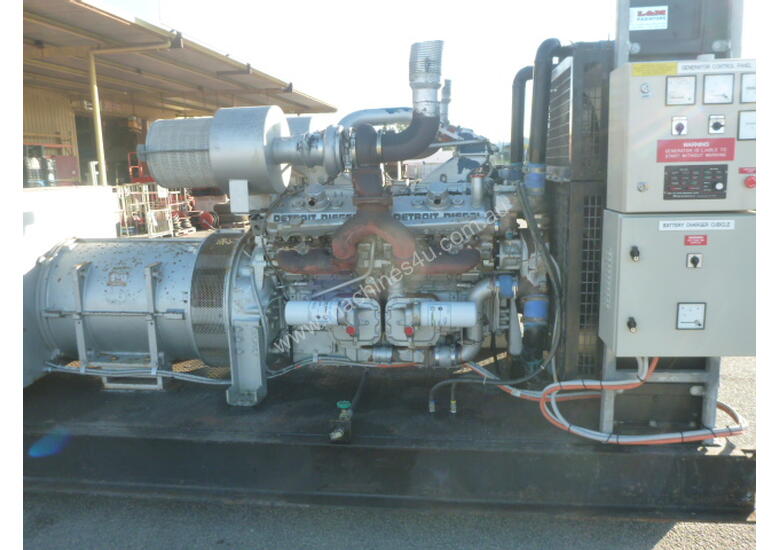

The company has the option to provide 60 sets a year for approximately three years during full-rate production. In December 2017, the company received the third and the final contract, worth $413.7m, which marked the completion of the low-rate initial production (LRIP) and start of the full-rate production phase. The second $245.3m optional contract, for the production of an additional 30 sets, was awarded in October 2015. The company secured the first of the two optional year-long contracts, for producing additional 18 sets, in October 2014. Each set includes M109A7 Paladin SPH, along with the battlefield companion the M992A3 Carrier Ammunition Tracked (CAT).īAE Systems received a one-year base contract from the US Army for M109A7 in October 2013. The US Army plans to acquire 580 vehicle sets. BAE Systems was awarded the design and development contract for the Paladin PIM in May 2008. The PIM prototype was unveiled in October 2007. The electrical power supply is rated at 650A, 24V DC. The vehicle has a range of 214 miles with a maximum speed of 40mph. The suspension system is based on high-strength torsion bars with high-capacity shock absorbers. The M109A6 Paladin vehicle is powered by a two-cycle diesel, 440hp, DDEC 8V71T engine from Detroit Diesel Corporation and an Allison ATD-XTG-411-4 transmission with four forward and two reverse gears. The Paladin howitzer is equipped with a secure voice and digital communications suite, including the VIC-1 Intercom, VRC-89 or the SINCGARS single channel ground and airborne radio subsystem. The turret is fitted with Kevlar spall suppression lining for additional ballistic protection. Protection against nuclear, chemical and biological warfare is installed with individual crew protection systems, including temperature-controlled air. The crew remains in the vehicle throughout the mission.

The new Paladin digital fire control system (PDFCS) is also being fitted and storage capacity for ten Excalibur projectiles. It was first fielded in Iraq in May 2007 and in Afghanistan in February 2008.

First production rounds of Excalibur were delivered in September 2006.Įxcalibur successfully completed a limited user test in March 2007. Excalibur has a maximum range of 40km and accuracy of better than 10m. US Army Paladins are being fitted with the Modular Artillery Charge Systems (MACS) to fire the Raytheon / Bofors XM982 Excalibur GPS / inertial navigation-guided extended-range 155mm projectiles. The vehicle’s inertial positioning and navigation system is integrated with the automatic fire control system.Ī 12.7mm M2 machine gun is mounted on the right hand side of the turret. The gun is operated with an automatic fire control system with ballistic computer, fitted with an optical backup.

The M109A6 Paladin achieves a maximum firing rate of up to eight rounds a minute, or three rounds in 15 seconds, and a sustained firing rate of one round every three minutes. The projectile loading can be carried out using the full-stroke hydraulic system or a semi-automatic loading system. The 39-calibre 155mm M284 cannon, which is fitted with an M182 gun mount, has a range of 24km using unassisted rounds or 30km using assisted rounds. Paladin was used in support of Operation Iraqi Freedom in March / April 2003 and in the continuing operations in Iraq, including Operation Al Fajr in Fallujah in November 2004.īAE Systems Land and Armaments supplied 219 modification kits for US Army Paladins, which enable the use of the modular artillery charge system (MACS) and the 155mm precision-guided extended-range XM92 Excalibur projectile being developed by Raytheon and Bofors Defense of Sweden (a BAE Systems subsidiary). The ‘shoot and scoot’ capability protects the crew from counter-battery fire. The M109A6 Paladin fires the first round from the move within 60 seconds. The crew are able to receive mission data via a secure voice and digital communications system, compute the firing data, automatically unlock the cannon from the travel lock, point the cannon and fire, and move to a new location without external technical assistance. “Paladin is able to operate independently with no external technical assistance.”


 0 kommentar(er)
0 kommentar(er)
